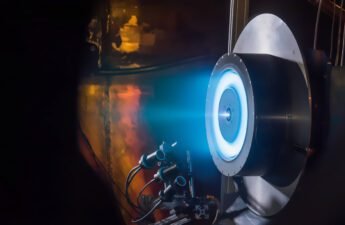In this post, I will answer the following question: Does the air conditioner turned on increases fuel consumption? Is it an urban legend or fact?
Air conditioner system
This is the air conditioner`s gas circuit.

In the compressor the gas circulates, it is compressed and goes to the condenser (condensador) where it goes to the liquid state. After that, the gas finds an expansion valve in the expansion tube, which takes to the evaporator (evaporador), becoming gas again. Then goes to the accumulator and dryer filter (A/D) and return to the compressor reinitiating the cycle. The air in the condenser comes from the outside of vehicle while the air in the evaporator goes to inside the vehicle.
The compressor
This is an example of a compressor, it is the most important component of an air conditioner.

This figure shows the compressor`s parts without the pulley linked to the axis. The orange volume is where stays the gas.

This video has an animation of the car`s compressor working.
The consumption
The compressor is linked to the engine by belts, therefore the air conditioner turned on really increase the fuel consumption.
In newer cars, the air conditioner is automatically turned off when the vehicle needs more power in some situations. Fuel consumption also has to do with the aerodynamics and vehicle`s speed. When greater the air resistance, more power is needed for locomotion and bigger fuel consumption.
The air conditioner increases fuel consumption when the car is at a speed inferior to 70 km/h. However let the glass open with a speed above 70 km/h increase the fuel consumption because increase the air resistance, the engine needs more power, so the consumption increases. Closed glasses above 70 km/h economize fuel.
If the vehicle is a SUV or a truck, don`t matter if the glasses are opened and closed because they already have high air resistance.



